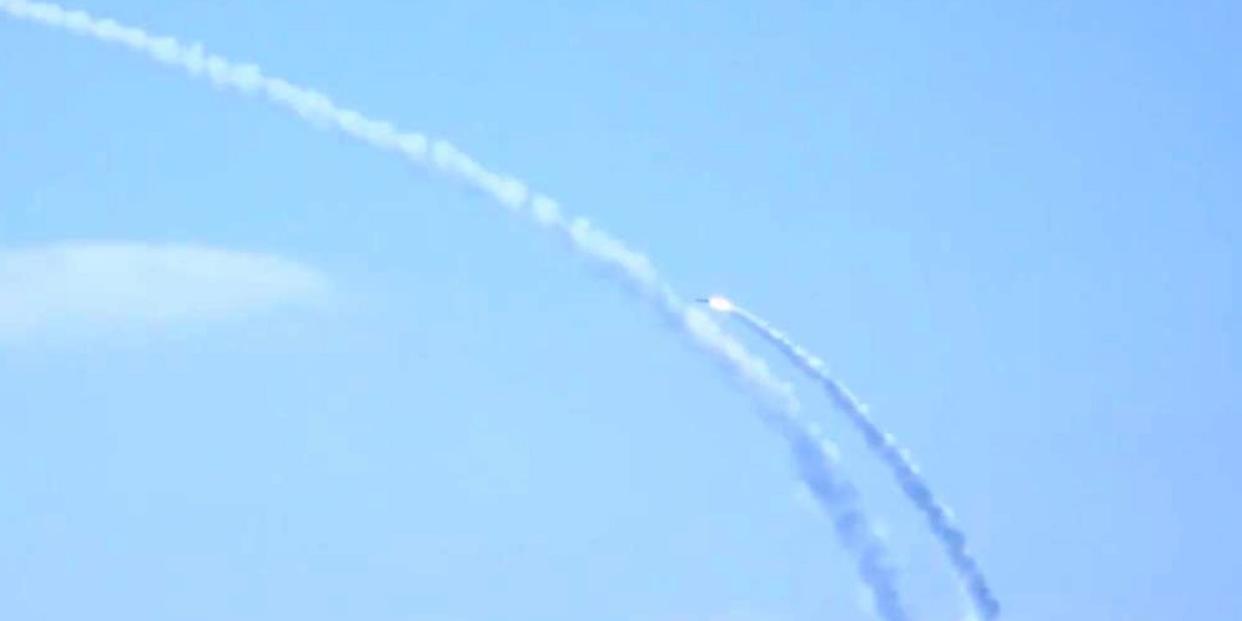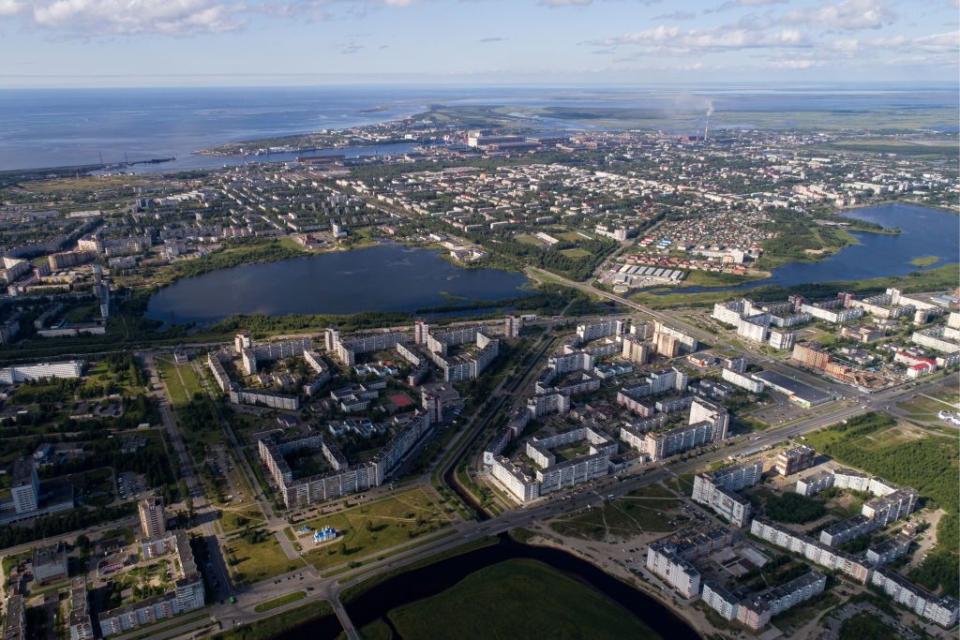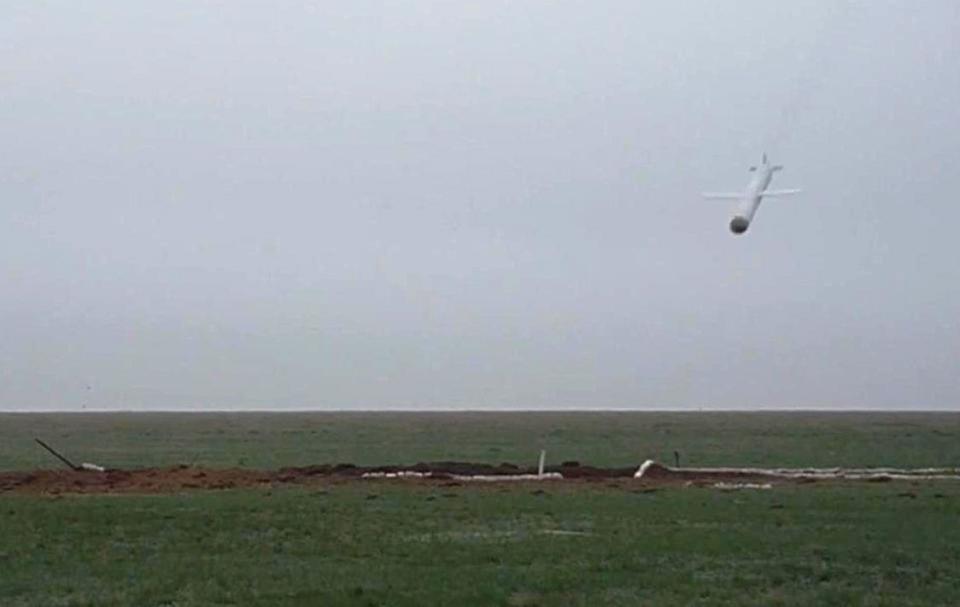Missile Explosion Prompts Radiation Warnings in Russia

An explosion at a Russian military base killed three personnel and caused a brief spike in radioactivity in a nearby Russian city. The Russian Defense Ministry has said that no “dangerous substances” were released into the atmosphere during the incident, but other government agencies reported that radiation readings briefly spiked before receding to normal levels.
The incident reportedly took place today near the village of Nenoksa, where a Russian Navy missile test range is located. Although the Russian government hasn’t given time specifics, radiation levels in the area started to rise about 10 minutes before 12 p.m. local time. The location is also 29 miles west of Severodvinsk, a city of 185,000.
According to The Barents Observer, the explosion took place on a barge or ship. The Russian Ministry of Defense, quoted by Russian state media, stated: "As a result of the accident, six representatives of the Ministry of Defense and a developer enterprise were injured of varying severity. Two specialists died from the wounds received. All the victims were promptly taken to a medical facility, where they received the necessary medical care."
Most news reports state two dead and eight wounded from the incident, but The Independent Barents Observer says that three were killed and 15 wounded—eight seriously.

The Ministry of Defense made clear that "there were no harmful emissions into the atmosphere, the radiation background is normal." Greenpeace, on the other hand, citing data from the government’s own Emergencies Ministry, revealed that radiation levels in Severodvinsk briefly reached 20 times normal levels. Greenpeace called on the Russian government to explain the release.
The BBC, in its reporting of the incident, wrote, “A woman in Severodvinsk named only Alina told Russian news site lenta.ru: 'I work in the hospital where they're bringing the injured. They advise everyone to close their windows and drink iodine, 44 drops per glass of water.'"
The U.S. Centers for Disease Control (CDC) says potassium iodide is used to prevent the buildup of the radioactive isotope Iodine-131 in the thyroid gland, which could lead to thyroid cancer. Iodine-131, the CDC explains, “is produced commercially for medical and industrial uses through nuclear fission. It also is a byproduct of nuclear fission processes in nuclear reactors and weapons testing.”
Russian authorities closed an area of ~250 km² (~30×8 km) for shipping due to a deadly incident on #Nyonoksa (#Nenoksa) naval missile testing range https://t.co/aseW5RbUi2
For the reference, the wind here is southerly ↑ acc. to GFS model.
HT @Fontanka_spb https://t.co/9CFvTZAiVQ pic.twitter.com/SHd6z8X0Tz— Ilya.A—Petya.A's bro (@ain92ru) August 8, 2019
An area off the coast of Russia in the White Sea was reportedly closed for a month, but a source told the BBC the closure had been planned in advance. An official at the port of Arkhangelsk, however, was quoted by Reuters as saying that the closure was a direct result of the incident. The area is large at 250 square kilometers, or 96 miles.
It’s unclear what caused the explosion and subsequent radiation spike. Missile explosions generally don’t cause a noticeable radiation release, and they are very rarely tested while armed with thermonuclear warheads. The only reason to load a test weapon with a thermonuclear warhead is if the test is to include a nuclear explosion, which is currently banned by the Limited Test Ban treaty.
The detail about the missile reportedly being tested from a ship or barge is an odd one. If it was on a ship, it would have caused significant damage to the ship (or submarine), and that in turn would have triggered an emergency effort to save the ship and crew. A barge, parked in the White Sea with a limited crew on hand to operate the test, seems more likely.

One possibility: This was a test of the new Burevestnik nuclear-powered cruise missile gone awry.
The last known test of the missile was in February. Russia has tested the missile at least five times, with most tests lasting only moments before failing. The Independent Barents Observer reports that the fire was caused by a missile “jet engine,” which means the weapon undergoing a test was a cruise missile.
Buresvestnik, although nuclear powered, is believed to use a turbojet engine at launch before switching over to nuclear propulsion. An accident involving the new nuclear powered cruise missile dovetails with stated facts about the incident. Then again, the missile has already been tested at Kaputsin Yar and Pan'kovo in the far north, and it's unclear why Russia would want to test it from a third site.
Whatever happened in Russia, the data revealed by Greenpeace says the radiation release is over and local radioactivity has returned to normal levels. "Twenty times normal levels" may sound alarming, but consider that normal background radiation is a tiny, nearly insignificant amount. And although the radiation should be expected to drift a considerable distance, it’s not bad enough to be a worldwide cause for alarm.
You Might Also Like

